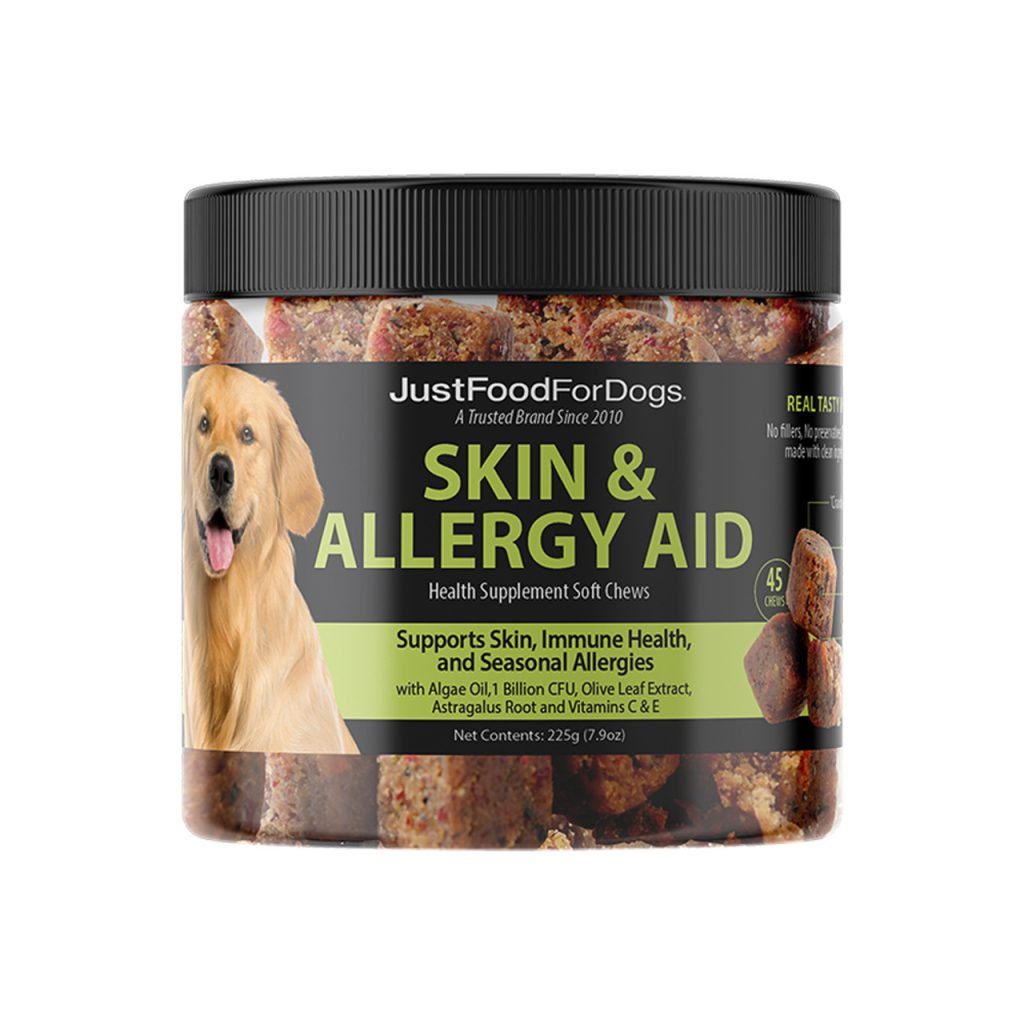How to Identify and Treat Common Allergies in Pets

Understanding Pet Allergies
Pets, much like humans, can suffer from a wide range of allergies. These allergies can manifest in various ways, impacting your furry friend’s comfort and overall quality of life. Recognizing the signs early can make a significant difference in addressing these issues effectively. Common symptoms of allergies in pets often include:
- Itchy skin – This might present as constant scratching or biting at the skin, leading to possible infections or hot spots.
- Inflamed ears – Allergies can cause ear infections, leading to redness or discharge, which often results in your pet shaking their head excessively.
- Excessive licking or scratching – Pets may engage in obsessive grooming or scratching, which can exacerbate skin irritation and lead to hair loss or skin damage.
Identifying the specific allergens affecting your pet can be a complex journey. Common triggers often include:
- Pollen – Seasonal allergies can be exacerbated by pollen from grasses, weeds, or trees, especially during spring and fall when plants reproduce.
- Dust mites – These microscopic creatures thrive in household environments, particularly in bedding, upholstery, and carpets, presenting chronic issues for sensitive pets.
- Food allergies – Certain proteins, such as beef, chicken, or even specific grains, can trigger allergic responses, leading to gastrointestinal issues, itching, or skin problems.
Understanding these environmental and dietary triggers is crucial for effective treatment. Many pet owners may initially overlook symptoms or attribute them to seasonal changes or minor inconveniences, only to witness their pet’s discomfort worsen over time. Observing your pet’s responses to their environment and food can provide invaluable insights. For instance, if you notice that your pet’s itching worsens after eating a particular brand of food, this could signal a potential food allergy.
The Importance of Proper Diagnosis
Getting a proper diagnosis from a veterinarian is essential in managing your pet’s allergies. This process typically involves:
- Medical history review – This will include discussions about your pet’s symptoms, duration, and any possible exposures to known allergens.
- Allergy testing for precise identification – Many veterinarians may recommend either intradermal skin tests or serum tests to pinpoint specific allergens affecting your pet.
- Skin or blood tests to confirm allergens – These tests can provide a clear picture of the allergens, allowing for tailored treatment plans.
Once identified, effective treatment plans can be put into place, which may range from medication like antihistamines to changes in diet, or even allergy-specific immunotherapy. Addressing allergies timely is crucial; they can lead to more severe health issues if neglected, such as chronic infections or skin disorders. Being informed and proactive about your pet’s health can foster a happier, more comfortable life for them, while also providing you with peace of mind as a caring owner.

DISCOVER MORE: Click here to learn about why adopting from local shelters matters
Recognizing Symptoms of Allergies in Pets
As a loving pet owner, it can be distressing to see your furry companion struggling. It’s crucial to understand that identifying the symptoms of allergies early on can lead to more effective treatment and a quicker return to comfort for your pet. The symptoms can vary widely depending on the type of allergy and the individual pet. Here, we outline some of the common signs to watch for, which can help you determine whether your pet might be suffering from allergies:
- Digestive Issues – Pets with food allergies often exhibit gastrointestinal symptoms such as vomiting, diarrhea, or a bloated appearance. If your pet hasn’t changed their diet but shows these symptoms, it may be time to explore food allergens.
- Skin Reactions – Allergies can cause a variety of skin problems, ranging from simple dryness to severe conditions. Look for red patches, scaling, or even sores from scratching, which can signal an allergic reaction.
- Respiratory Symptoms – Pets may exhibit signs like sneezing, coughing, or even wheezing if they are allergic to environmental triggers such as pollen or mold. If your dog or cat seems to have trouble breathing or shows nasal discharge, seek veterinary advice promptly.
Another key aspect to consider is the timing and frequency of these symptoms. Take note of when your pet seems most affected. For instance, if your pet’s symptoms worsen during a particular season, it may point towards a seasonal allergy to pollen or grass. In contrast, symptoms that persist year-round may indicate sensitivities to dust mites or certain foods.
Assessing Environmental Factors
In addition to observing your pet’s behavior, you’ll want to assess your home environment. Common allergens in the home can include various elements that are easily overlooked:
- Pollen – If you notice increased allergy symptoms during certain months, consider that your pet may be reacting to pollen from trees, grasses, or flowers.
- Household Cleaning Products – Some pets may react adversely to chemical ingredients in cleaning supplies or air fresheners. Switching to hypoallergenic alternatives might relieve symptoms.
- Mites and Fleas – Fleas can exacerbate skin issues. Regular flea control is vital, as flea saliva is a common allergen. An integrated approach to pest control and hygiene can significantly alleviate allergy symptoms.
Monitoring your pet’s lifestyle can give you a clearer picture of potential allergens. Keeping a detailed diary noting the timing and nature of symptoms in relation to their activities can assist you and your veterinarian in evaluating the situation more thoroughly.
By understanding these symptoms and assessing your home environment, you are better equipped to seek timely and effective treatment for your pet’s allergies, helping them to live a happier and more comfortable life.
Understanding Common Allergies in Pets
Pet allergies can be a complex and distressing issue for both pets and their owners. Understanding how to identify and manage these allergies is crucial for maintaining your pet’s health and well-being. Allergies in pets often manifest in several ways, including excessive scratching, skin irritations, respiratory issues, and gastrointestinal disturbances.The most common allergens can be grouped into environmental allergens, such as pollen, dust mites, and mold, as well as food allergens, typically involving ingredients like beef, dairy, or grains. Identifying the specific allergen affecting your pet may require careful observation and possibly working with a veterinarian to conduct allergy tests. Monitoring your pet’s behavior and symptoms closely can provide crucial clues into what may be triggering their allergic reactions.Recognizing the signs of distress is critical. If you notice your pet is frequently itching, has red or inflamed skin, or exhibits signs of discomfort like sneezing or coughing, these may be indications of an allergic reaction. Routine veterinary check-ups are essential because they can help pinpoint the cause of these symptoms and create a tailored treatment plan.
Table of Advantages Related to Allergy Management
| Category | Key Benefits |
|---|---|
| Identifying Allergens | Helps tailor treatment plans based on specific triggers. |
| Effective Treatments | Utilization of medications, dietary adjustments, and environmental controls. |
Engaging with your veterinarian to stay informed about the latest treatments and preventive measures is vital. Not only can this improve your pet’s quality of life, but it can also foster a deeper bond between you and your furry companion as you navigate this aspect of their health together. Understanding and treating allergies early can prevent more severe health problems down the road, making vigilance a key component in pet care.
LEARN MORE: Click here to find out how to keep your pets healthy
Addressing Allergy Management and Treatment Options
Once you’ve identified that your pet is suffering from allergies, the next step involves exploring management and treatment options to alleviate their discomfort. Based on the type and severity of the allergy, various strategies can be employed, ranging from lifestyle changes to professional interventions. Understanding these avenues can empower you as a pet owner to help your furry friend lead a healthier, happier life.
Dietary Adjustments for Food Allergies
Pets suffering from food allergies often require a significant dietary overhaul. The first step is to consult your veterinarian for a food elimination trial. This typically involves removing all suspect ingredients from your pet’s diet for a set period, usually 8-12 weeks. Common allergens include beef, chicken, dairy, wheat, and soy. During this trial, it’s vital to feed only the prescribed food and avoid treats or table scraps that could introduce new allergens.
After the elimination period, if symptoms improve, your veterinarian will gradually reintroduce various food items, monitoring for any adverse reactions. This method not only identifies specific food allergies but also prevents unnecessary exposure to allergens. Once your pet’s allergies are identified, you can transition to a hypoallergenic diet, specifically formulated to reduce the chances of allergic reactions.
Environmental Control Measures
For pets suffering from environmental allergies, creating an allergen-free sanctuary in your home is essential. Start by frequently cleaning your living space to minimize dust, pollen, and mold. Consider investing in high-efficiency particulate air (HEPA) filters for your home and keeping windows closed during high pollen seasons.
Regular grooming of your pet is also crucial in controlling environmental allergens. Bathing your pet with specialized shampoos formulated to soothe irritated skin can help alleviate symptoms. Additionally, wiping your pet’s paws after walks can prevent allergens picked up outdoors from being carried inside. This simple step reduces overall exposure and may significantly improve allergic reactions.
Medications and Veterinary Assistance
In some cases, managing allergies may require more than just lifestyle changes. Your veterinarian might prescribe antihistamines, corticosteroids, or other medications to manage your pet’s symptoms effectively. Antihistamines like diphenhydramine (Benadryl) can be used for mild allergic reactions, while corticosteroids may help with inflammation and itching.
Furthermore, your vet may recommend immunotherapy, also known as allergy shots. This treatment involves administering gradually increasing doses of identified allergens, helping your pet build immunity to the specific triggers over time. While this option requires a long-term commitment, it can significantly improve the quality of life for pets suffering from chronic allergies.
Natural Remedies and Supplements
In conjunction with traditional treatment methods, many pet owners are exploring natural remedies and supplements to alleviate their pets’ allergy symptoms. Omega-3 fatty acids, for instance, are known for their anti-inflammatory properties and can promote healthier skin and coat. Speak with your veterinarian about appropriate supplements that can support your pet’s health while managing allergies.
Minding your pet’s general well-being through a balanced diet, regular exercise, and appropriate veterinary care can also fortify their immune system against allergens. A wholesome lifestyle combined with targeted treatments can pave the way for your pet’s long-term comfort and happiness in the face of allergies.
DISCOVER MORE: Click here to learn about the importance of a balanced diet for your pet
Conclusion: Empowering Pet Owners to Combat Allergies
Understanding and managing your pet’s allergies can significantly enhance their quality of life. By recognizing the signs of allergies, be they environmental or food-related, you can take proactive measures to alleviate their discomfort. Effective allergy management begins with a thorough discussion with your veterinarian, who can provide tailored recommendations based on your pet’s specific needs.
From dietary adjustments, such as implementing food elimination trials and transitioning to hypoallergenic diets, to environmental control measures like maintaining a clean living space, every step you take is crucial in mitigating allergic reactions. Moreover, the potential use of medications and immunotherapy opens the door to a variety of treatment options that can ensure long-term wellness for your pet.
For many pet owners, the exploration of natural remedies and supplements can also serve as a beneficial complement to traditional therapies, promoting overall health and resilience against allergens. Remember, a holistic approach—combining proper diet, environmental management, and veterinary guidance—creates a comprehensive strategy to address allergies effectively.
Ultimately, being informed and proactive is the key to navigating the complexities of pet allergies. Your commitment to your pet’s health not only allows them to live more comfortably but also strengthens the bond you share. As you continue to learn, research, and adapt your strategies, you empower both yourself and your furry companion to thrive amidst the challenges that allergies present.


